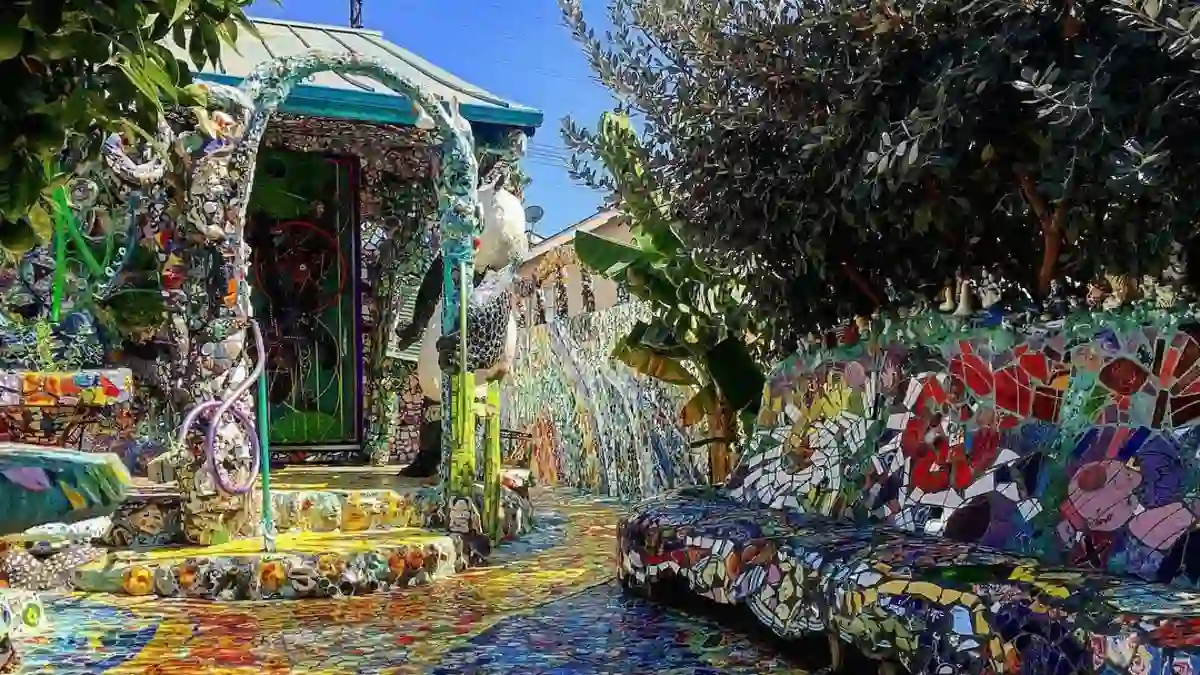While millions flock to Hollywood and Disneyland, Southern California locals guard their most treasured spots like family secrets. You know the frustration – fighting crowds at Griffith Observatory, paying $30 to park at Santa Monica Pier, or waiting hours for brunch in West Hollywood.
You’re missing the real California experience. The hidden gems Southern California locals actually visit exist just minutes from famous landmarks, but stay invisible to most travelers. These secret spots require insider knowledge to find, but deliver authentic experiences you came here seeking.
This guide reveals 13 locals only locations that offer genuine California adventures off the beaten path.
Urban Secrets Only Locals Know
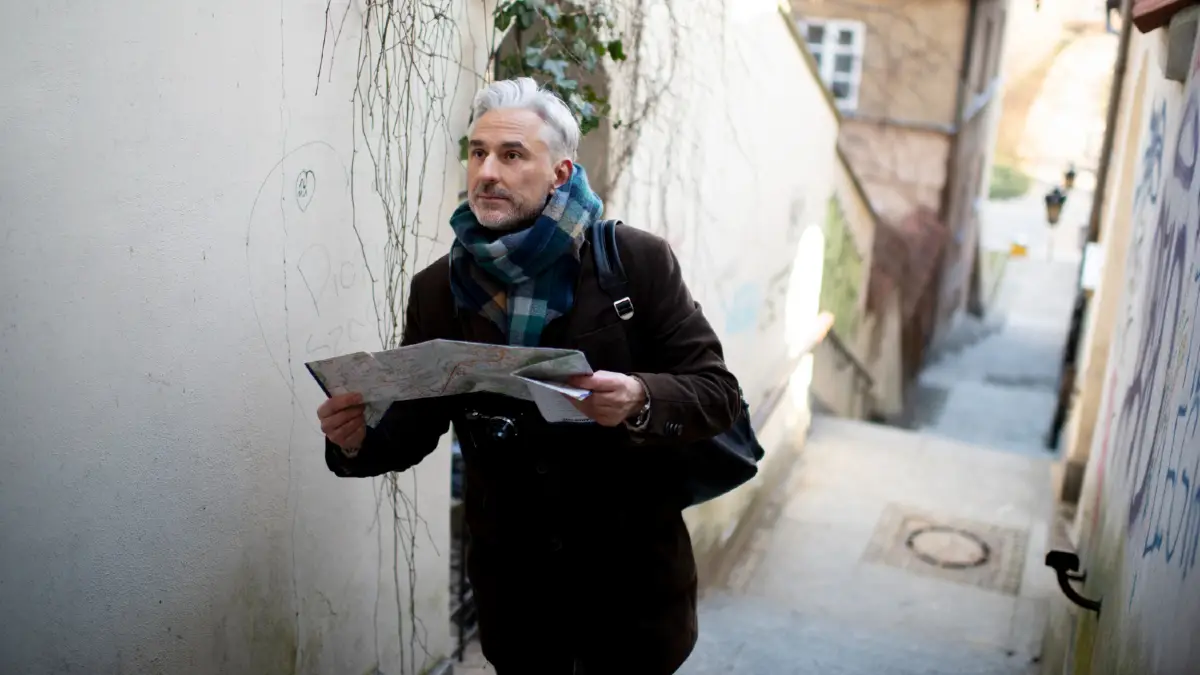
Tired of fighting crowds at Griffith Observatory and the Hollywood Sign? Los Angeles has thousands of hidden spots that locals visit instead.
While tourists snap the same photos at famous landmarks, smart explorers find the real LA in unexpected places. These four urban secrets prove you don’t need to leave the city to find magic.
1. Mosaic Tile House (Fairfax District)
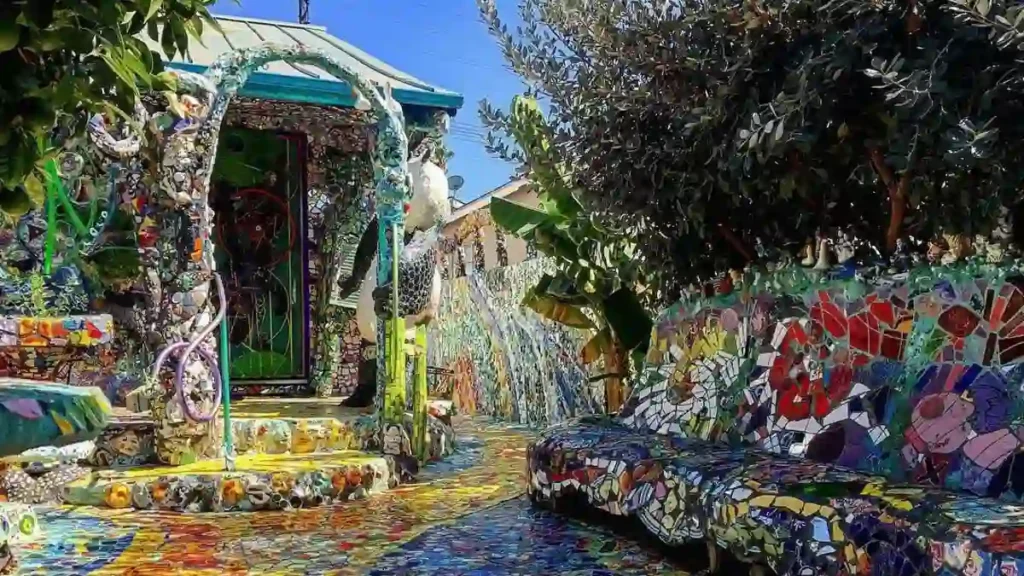
Drive down a quiet residential street in the Fairfax District and you’ll stop dead in your tracks. Every inch of this private home sparkles with colorful tiles, mirrors, and found objects. Artists Cheri Pann and Gonzalo Duran have spent 30 years turning their house into a living art piece that rivals any museum.
The front yard blooms with mosaic flowers and tile sculptures. Even the mailbox gets the artistic treatment. This isn’t just decoration – it’s pure obsession turned beautiful. You can see most of the art from the sidewalk, but remember this is someone’s actual home.
When to visit: Weekday mornings work best. Fewer people means better photos and less disruption to the neighborhood.
Parking strategy: Street parking is free but limited. Circle the block once – spots open up quickly as people leave for work.
Photography rules: Snap away from the sidewalk, but don’t lean on the fence or ring the doorbell. The owners are friendly but deserve their privacy.
This hidden LA spot shows how ordinary neighborhoods hide extraordinary art. It’s the kind of discovery that makes you feel like you found something special.
2. The Last Bookstore’s Secret Floors (Downtown LA)
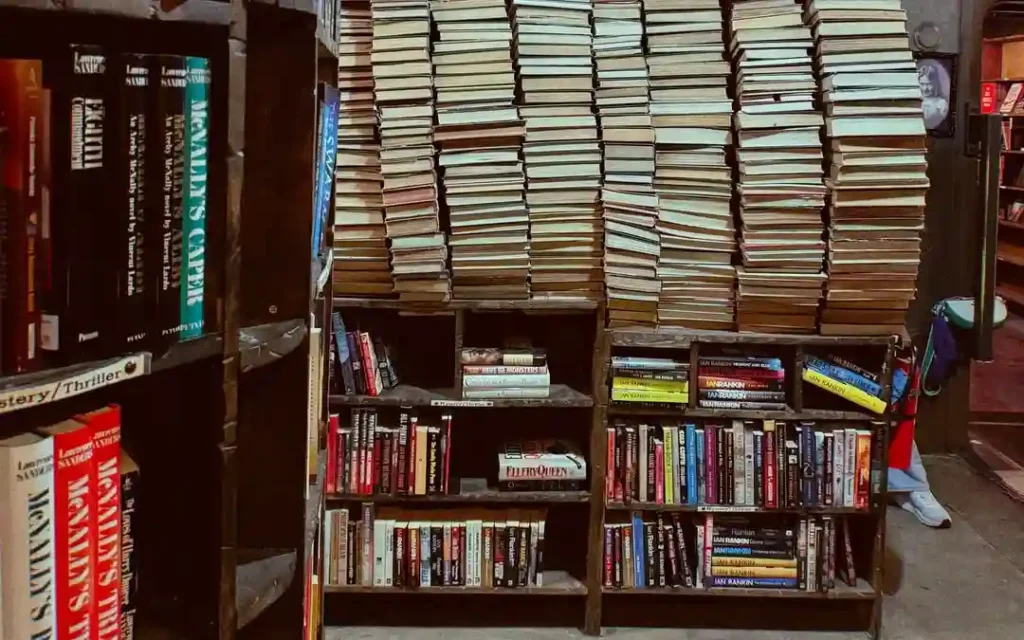
Most visitors to The Last Bookstore never make it past the main floor. They miss the real treasure hunt happening upstairs. This 22,000 square foot space holds over 250,000 books, but the magic lives in the hidden corners and secret passages.
Take the stairs to the second floor and keep exploring. You’ll find tunnels made of books, reading nooks tucked behind shelves, and art installations that change monthly. The Horror and Mystery sections hide in a dark corner that feels like a movie set.
Local book lovers know to check the rare book room on weekdays. The staff has time to show you first editions and signed copies that never make it to the display cases. They also know which books are actually valuable versus just old.
Best times: Tuesday through Thursday mornings. Weekends bring crowds that make the narrow passages uncomfortable.
Parking hack: The Joe’s Parking lot charges $5 flat rate after 5pm. During the day, use the Metro Red Line to avoid downtown parking completely.
Secret tip: Ask staff about book signings. Famous authors often do quiet readings upstairs that don’t get advertised widely.
Downtown LA has 500+ murals but only 12 get tourist attention. The Last Bookstore proves the same rule applies to secret Los Angeles spaces – the best stuff stays hidden.
3. Hotel Erwin Rooftop Bar (Venice Beach)
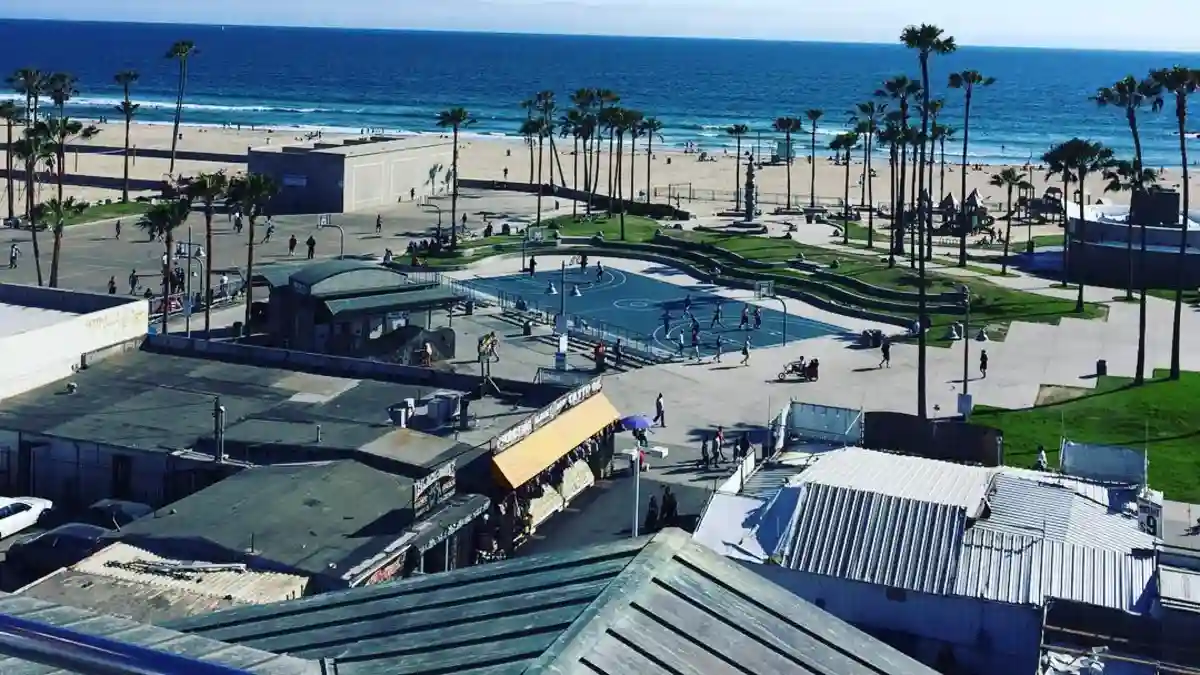
Tourists pack Venice Beach’s boardwalk, but locals watch the sunset from 15 floors above the chaos. The rooftop at Hotel Erwin gives you ocean views without the crowds, drum circles, or aggressive vendors below.
This isn’t just another rooftop bar. The 360-degree views stretch from Malibu to Manhattan Beach. You can see the entire Santa Monica Bay while sipping cocktails that don’t cost $20. Local photographers come here for golden hour shots that capture LA’s coastline without a single tourist in frame.
The real secret? Happy hour prices (3-6pm) make this spot affordable for regular people, not just influencers. Order the fish tacos – they’re better than most beachfront restaurants at half the price.
Timing matters: Arrive 30 minutes before sunset to claim the best seats. Weekday happy hours stay empty while weekend evenings book up fast.
Parking solution: Valet costs $15, but street parking exists three blocks east on Rose Avenue. Walk the extra distance and save money.
Local knowledge: The elevator stops at the 15th floor, but stairs lead to an even higher outdoor deck. Most people never find it.
Venice locals use this spot to remember why they love living here. It’s urban exploration that lets you see the city from above.
4. Barnsdall Art Park’s Hidden Frank Lloyd Wright House (Los Feliz)
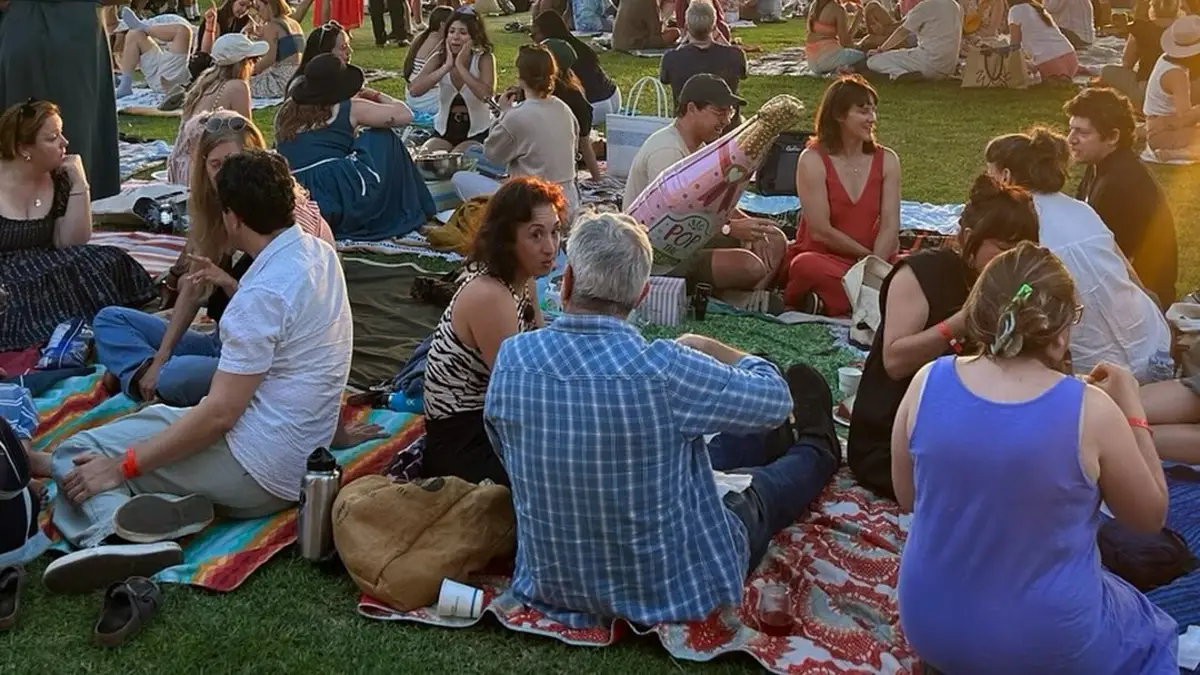
Everyone knows Frank Lloyd Wright designed famous buildings, but most people have never seen Hollyhock House. This 1921 masterpiece sits on a hill in Los Feliz, surrounded by art galleries that locals use as their cultural escape.
Wright built this house for oil heiress Aline Barnsdall, and it shows his early California style. The concrete walls and geometric windows look like nothing else in LA. Tours run every hour, but the real secret is exploring the art park around it.
Local artists show work in the gallery spaces year-round. The exhibitions change monthly and feature LA talent you won’t find in Beverly Hills galleries. The outdoor theater hosts free concerts that draw neighborhood crowds who bring picnics and blankets.
Visit strategy: Combine the house tour ($7) with gallery browsing for a full cultural afternoon. Thursdays often have artist talks that regular museums charge $25 to attend.
Parking secret: The lot fills up fast, but parallel spots line Vermont Avenue. It’s a short uphill walk that most people avoid.
Photography note: Interior photos aren’t allowed, but the gardens and exterior views are perfect for social media. The cityview backdrop makes every shot look professional.
This hidden LA spot proves the city’s art scene goes way beyond downtown galleries. You just need to know where locals actually go.
5. Annie’s Canyon Slot Canyon (Solana Beach)
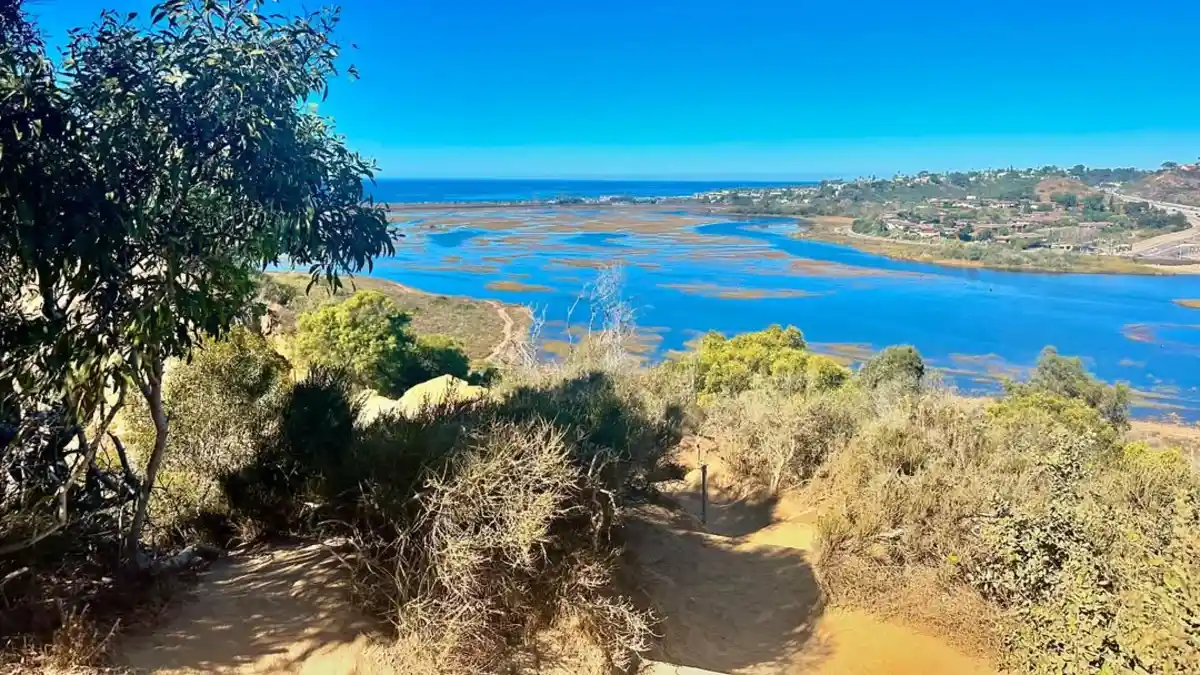
Narrow sandstone walls tower 30 feet overhead, creating an Arizona-like experience just 20 minutes from downtown San Diego. This hidden gem makes you feel like you’re exploring Antelope Canyon without the four-hour drive to Arizona. The narrow passages twist and turn, creating perfect photo opportunities that most people never see.
But here’s the catch – you need real climbing skills to reach the best parts. The trail starts easy, then turns into a scramble over boulders and up rock faces. Bring gloves or your hands will get torn up on the rough sandstone. Local hikers recommend approach shoes or climbing sneakers instead of regular hiking boots.
The slot canyon stays cool even on hot summer days, making it perfect for San Diego’s year-round hiking season. Most tourists stick to the easier coastal trails, so you’ll often have this place to yourself on weekdays.
Getting there: Park at Cardiff State Beach ($10 daily fee). Walk north along the beach, then look for the unmarked trail behind the campground. No signs point the way – that’s intentional.
Safety gear: Gloves, water, and a headlamp for the darker passages. The rocks can be slippery when wet, so avoid rainy days.
Best timing: Early morning or late afternoon for the best light photography. Weekdays mean fewer people and better parking spots.
Local photographers guard this spot because it gives them slot canyon shots without the crowds. Now you know why they keep it quiet.
6. Thousand Steps Beach (Laguna Beach)
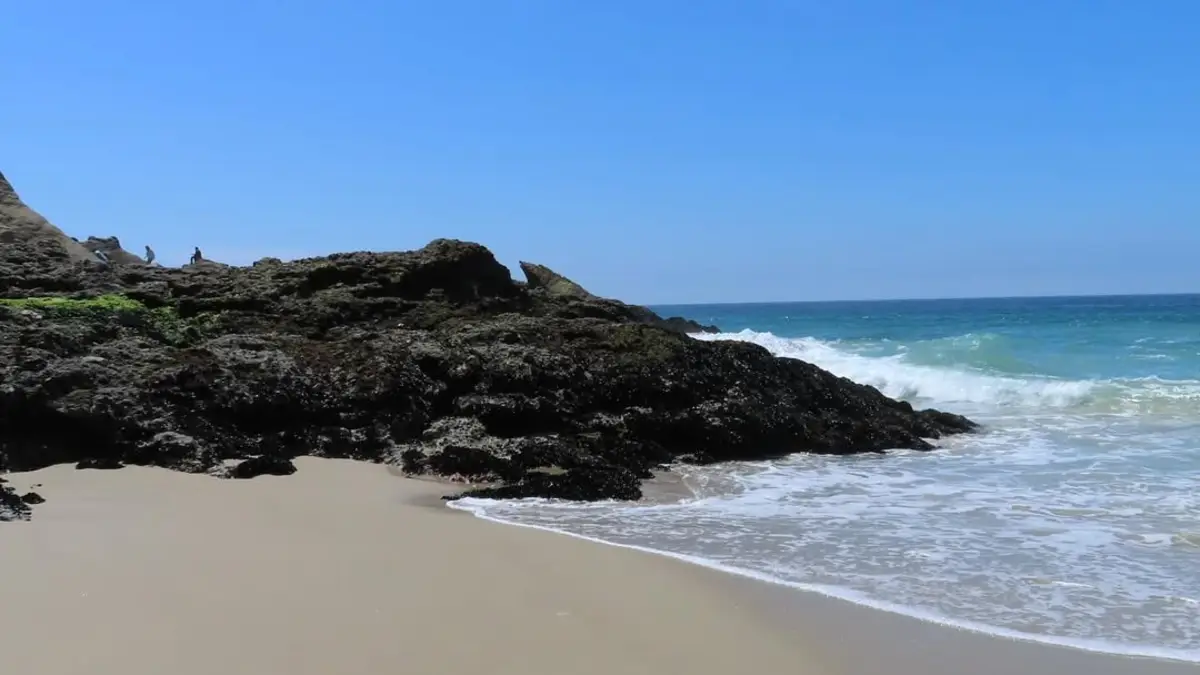
The name lies – it’s actually 230 steps down a steep cliff to reach this hidden beach. But the misleading name keeps enough people away that locals can still find space on busy weekends. This is one of the few hidden beaches Southern California where you can actually relax.
The stairs wind down through expensive hillside homes, giving you glimpses of how the other half lives. At the bottom, you’ll find a small sandy beach with tide pools, caves to explore, and waves that are perfect for bodyboarding. The cliffs block wind, creating a microclimate that’s often warmer than nearby main beaches.
Here’s what locals know that tourists don’t – the best tide pools hide on the south end of the beach. Go during low tide (check your tide app) to see sea stars, anemones, and small fish trapped in the rocky pools. Bring a waterproof phone case because you’ll want photos of what you find.
Parking reality: Street parking only, and it’s limited. Arrive before 9am on weekends or you’ll circle for 20 minutes looking for spots. Weekdays are much easier.
The climb back up: Those 230 steps feel like 500 when you’re carrying beach gear uphill. Pack light and bring water for the climb out.
Local tip: The beach faces west, making sunset spectacular. But most people leave before golden hour, giving you the best views with fewer crowds.
This is what locals’ beaches look like – harder to reach, but worth the effort once you get there.
7. Sunset Cliffs Hidden Cave (San Diego)
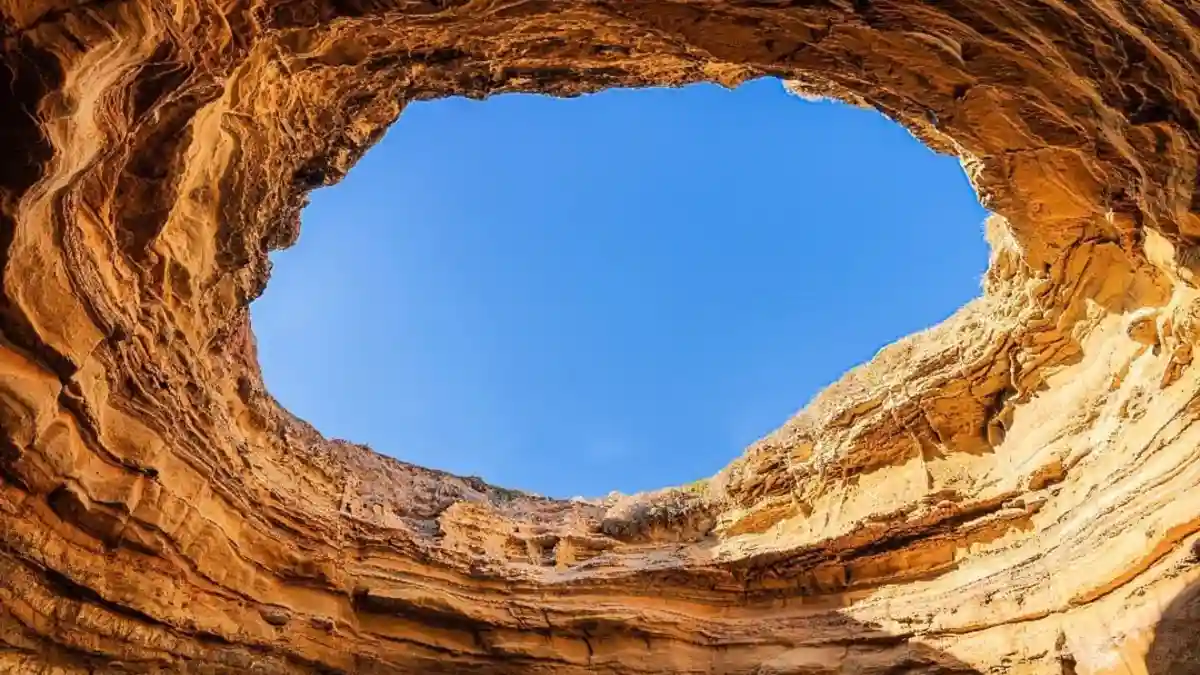
A secret cave sits at the base of Sunset Cliffs, but you can only reach it during specific tide conditions. Local surfers discovered this spot decades ago and still use it as their private hangout between surf sessions. The cave stays hidden because timing everything right takes local knowledge.
You need low tide plus calm ocean conditions to safely swim into the cave entrance. High tide covers the opening completely. Rough surf makes the swim dangerous even for strong swimmers. That’s why checking tide charts and surf reports becomes essential – the locals who use this spot never go without checking both.
Inside the cave, you’ll find a small sandy beach where locals bring waterproof speakers for private beach parties. The acoustics make music sound amazing, and the entrance stays hidden from people walking the cliffs above.
Tide timing: Use a tide app to find low tides below 2 feet. Plan your visit for 1-2 hours before the lowest point for the safest entry.
Safety equipment: Bring fins for the swim in. The current can be stronger than it looks. A waterproof bag keeps your phone and keys dry.
Access point: Park at the Sunset Cliffs parking area (free but fills up fast). Walk south along the cliff edge until you see local surfers heading down to the water.
Important warning: Never attempt this alone. The ocean conditions change quickly, and you need someone watching from shore.
Local surfers keep this cave secret because they want somewhere to escape the crowds. Respect their space and they might show you other hidden spots.
8. La Jolla Secret Swings (La Jolla)
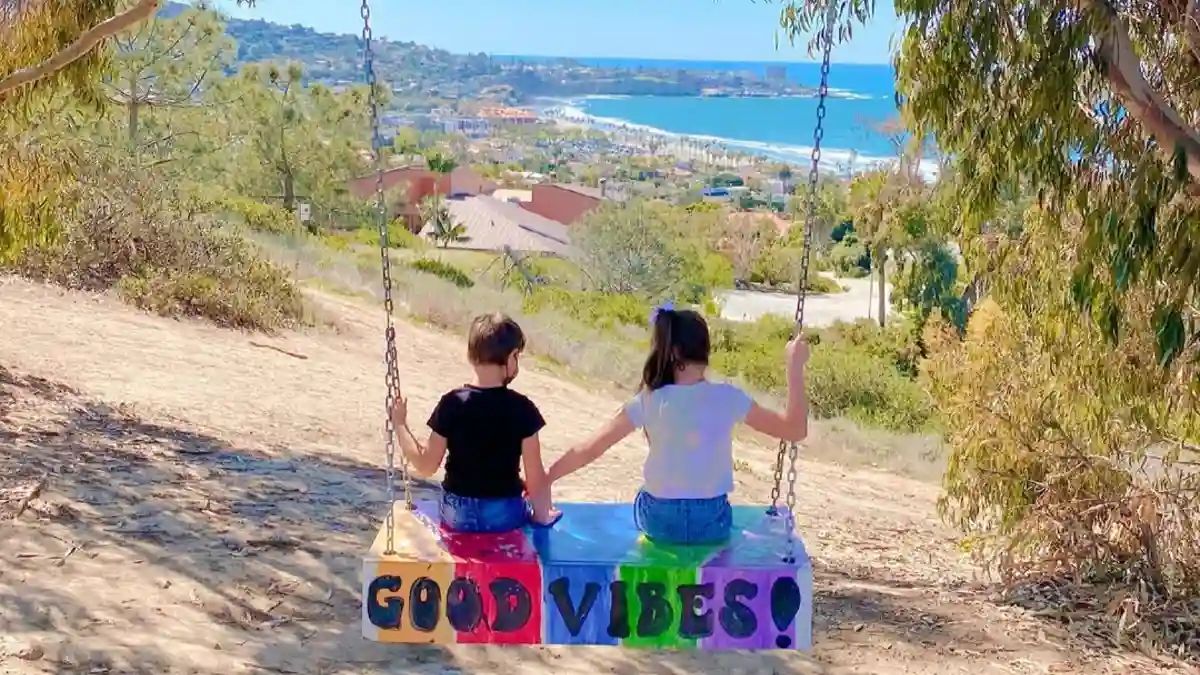
Rope swings appear and disappear around La Jolla Cove as locals build new ones and park rangers remove old ones. It’s an ongoing game between adventure seekers and city officials that’s been going on for years. The locations change, but locals always know where to find the current swings.
The most famous swing hangs from a tree above the Children’s Pool area, but that’s not always the best one. Local cliff jumpers often build swings in spots that tourists never explore – hidden sections of the cliffs where the water is deep enough for safe jumping.
These swings aren’t just for photos. They’re functional launching points for swimming in some of La Jolla’s clearest water. Local swimmers use them to access deeper areas where the sea life is more diverse. You might see leopard sharks, rays, or sea lions from spots you can only reach by swimming.
Finding current locations: Follow local Instagram accounts like @lajollasecrets or ask at surf shops on Prospect Street. Locations change monthly as old swings get removed and new ones appear.
Water safety: Only jump where locals are already jumping. They know which spots have deep enough water and safe entry points.
Parking strategy: Use the metered spots on Coast Boulevard ($2/hour) rather than fighting for free spaces. The walk to most swing locations is short enough that paying for convenient parking makes sense.
Peak times: Late afternoon brings the best light for photos, but mornings have calmer water for swimming.
These secret coves give you the La Jolla experience without the tourist crowds at the main beach. Just remember that locals created these spots – treat them with respect and they’ll welcome you back.
9. Salvation Mountain (Imperial County)
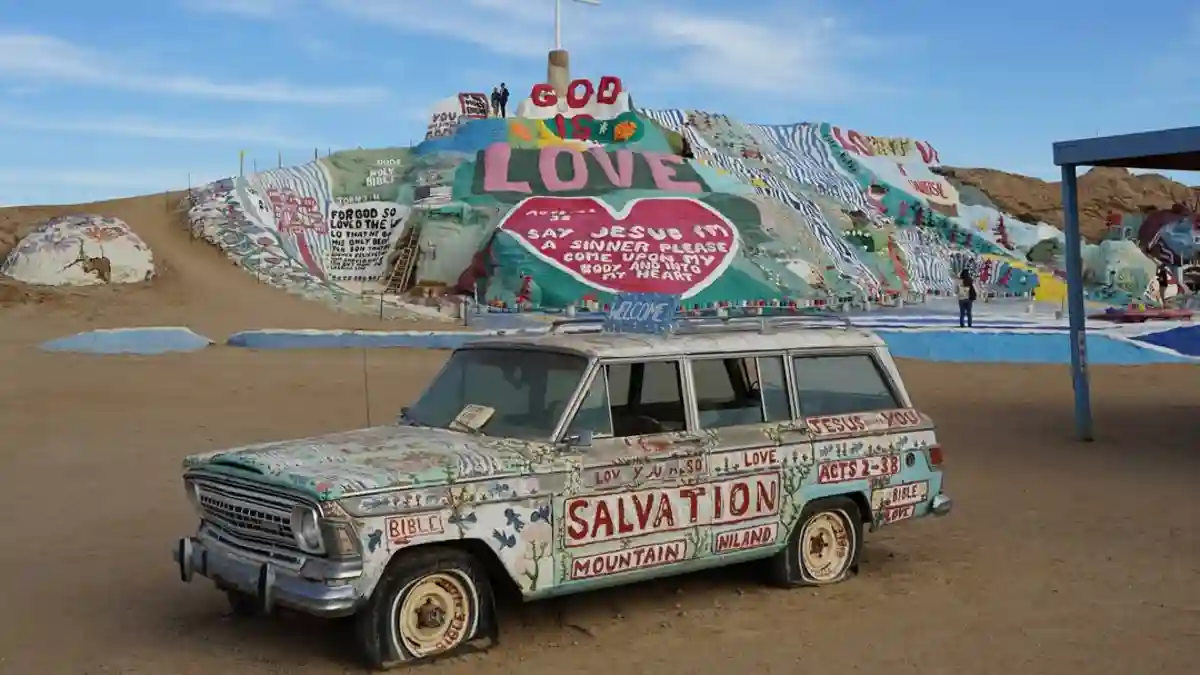
A 50-foot tall mountain of paint and faith rises from the Sonoran Desert like something from another planet. Leonard Knight spent 28 years building this massive art installation using over 100,000 gallons of paint, adobe clay, and pure determination. Every surface explodes with Bible verses, flowers, and messages of love painted in bright colors that seem impossible in the harsh desert setting.
This isn’t just folk art – it’s obsession turned into something beautiful. Knight lived in a truck next to his creation for decades, adding new sections and repainting faded areas until his death in 2014. Now volunteers maintain the mountain, keeping Knight’s vision alive in one of America’s most remote locations.
The 3-hour drive from LA feels long until you see this hidden desert California masterpiece in person. Photos don’t capture the scale or the way the colors shift throughout the day. Early morning light makes the whole mountain glow pink and orange, while sunset turns it into a beacon visible for miles across the flat desert.
Getting there safely: Fill up at the last gas station in Brawley – there’s nothing for 30 miles after that. Bring at least 1 gallon of water per person, even for short visits. The desert heat is real, and cell service is spotty.
Best visiting months: October through April keeps temperatures manageable. Summer visits are possible but dangerous – temperatures hit 120°F regularly.
Local knowledge: The mountain sits in Slab City, a community of RV dwellers and desert rats who chose to live off-grid. They’re friendly but respect their space. Don’t take photos of people without asking first.
Practical tip: Bring a hat and sunscreen. The desert sun reflects off all that paint, creating glare that burns your skin faster than you expect.
This secret desert spot proves that amazing art exists in the most unlikely places. It’s worth the drive just to see what pure dedication looks like.
10. Joshua Tree Locals’ Secret Climbing Spots
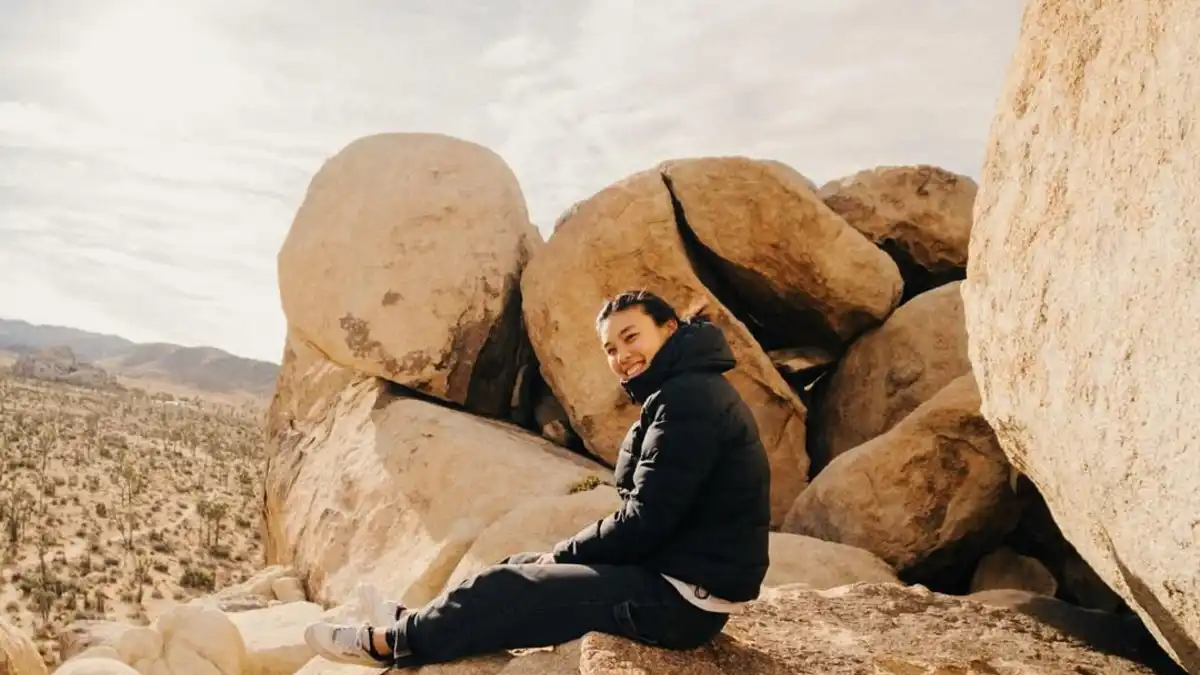
Joshua Tree National Park gets crowded, but local climbers know hidden areas outside the park boundaries that offer better routes with zero crowds. These secret desert spots require high-clearance vehicles and local knowledge to find, keeping them protected from casual visitors who might damage the fragile desert environment.
The best spots sit on Bureau of Land Management property adjacent to the park. Local climbing guides use these areas when the main park becomes too busy or when they want to teach new climbers without dealing with crowds. The rock quality matches anything inside the park, but you’ll often climb alone instead of waiting in line for popular routes.
These areas also give you access to desert art installations that most people never see. Local artists have been placing sculptures and installations in remote desert locations for decades. Some pieces blend so well with the landscape that you might walk past them without noticing.
Vehicle requirements: High-clearance essential. Regular cars will get stuck or damaged on the rough desert roads leading to these spots. Rent a Jeep or truck if you don’t own one.
Navigation strategy: Download offline maps before you go. GPS signals get weak in the rock formations, and paper maps become essential backup. Local climbing shops in Joshua Tree sell detailed guides that include these hidden areas.
Water and safety: Bring 2 gallons per person for full-day trips. The desert environment dehydrates you faster than you realize, and rescue operations in remote areas take hours.
Climbing gear: Standard rack for traditional climbing, plus extra webbing for anchors. Some routes lack permanent hardware, so you need skills in gear placement and anchor building.
Timing matters: October through March offers perfect climbing weather. Summer climbing is possible early morning or late evening, but midday temperatures make it dangerous.
Local climbers protect these secret desert spots by sharing them only with people who demonstrate respect for the environment. Learn Leave No Trace principles before asking for specific locations.
11. Anza-Borrego’s Metal Sculptures Hidden in Desert
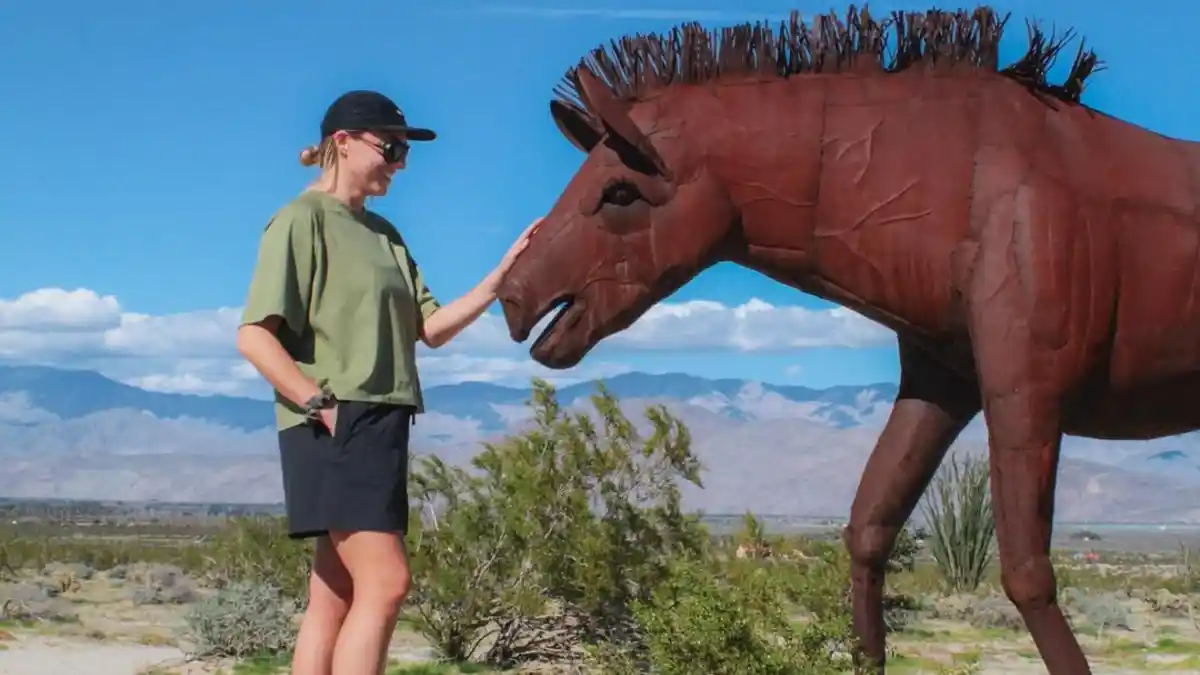
Ricardo Breceda’s metal sculptures appear like mirages throughout Anza-Borrego Desert State Park, but most visitors only see the famous ones near the visitor center. Local desert explorers know about dozens of hidden installations scattered across 600,000 acres of state park land. Finding them becomes a treasure hunt that can take years to complete.
These aren’t small pieces – we’re talking about life-sized dinosaurs, saber-toothed cats, and giant scorpions that emerge from the landscape when you least expect them. Breceda placed them in locations that require hiking, off-road driving, or both to reach. The effort keeps casual tourists away while rewarding serious desert explorers.
Each sculpture tells part of the story of this desert’s prehistoric past. The area was once an ancient sea floor, then home to massive animals that are now extinct. Breceda’s art brings that history to life in ways that museum displays never could.
Getting the map: Stop at the Borrego Springs visitor center for the official sculpture map, but ask rangers about recent additions. New pieces appear regularly, and some locations change due to weather damage.
Vehicle needs: 4WD recommended for reaching remote sculptures. Many sit at the end of sandy washes that become impassable for regular cars.
Best strategy: Plan full-day trips targeting 3-4 sculptures maximum. The distances between installations are larger than they appear on maps, and desert driving takes longer than expected.
Essential supplies: Extra water, recovery gear (shovel, tow straps), and emergency communication device. Cell service is nonexistent in most areas.
Photography timing: Golden hour makes these metal sculptures glow against the desert backdrop. Plan your route to hit the best pieces during morning or evening light.
These desert art installations reward people willing to explore beyond the obvious tourist stops. It’s hidden desert California at its most surprising – art that transforms how you see both creativity and wilderness.
12. Ojai’s “Pink Moment” Sunset Viewing Spots
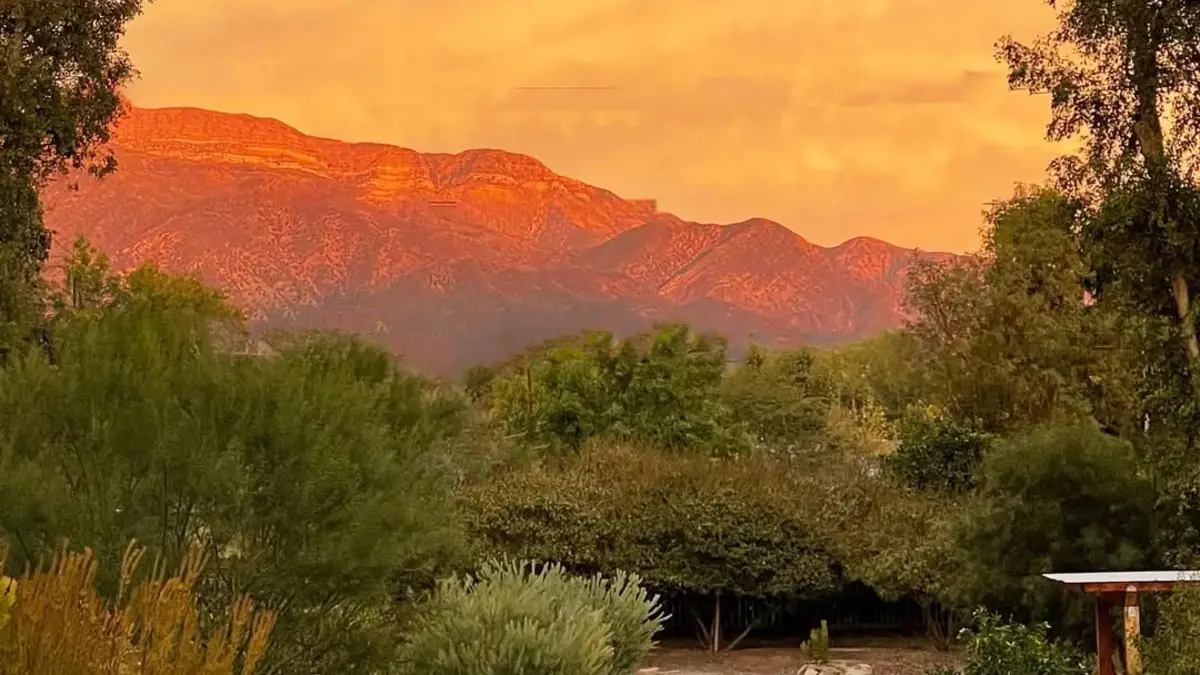
Most people visit Ojai for the shops and restaurants, then leave before the real magic happens. The “Pink Moment” occurs exactly 10 minutes after sunset when the Topa Topa Mountains glow bright pink and orange. This natural light show happens almost every clear evening, but tourists miss it because they don’t know when or where to look.
Local photographers and residents gather at specific viewing spots that maximize the effect. The best location sits at the end of Grand Avenue where it meets the mountains. Park near the Ojai Valley Inn golf course and walk to the open fields for unobstructed views. The pink light reflects off the entire mountain range, creating a backdrop that looks almost fake.
Here’s what makes this one of California’s best mountain hideaways – the Pink Moment only lasts about 15 minutes. Most tourists are already driving home when it starts. You need to plan your day around this timing to see what locals consider Ojai’s main attraction.
Timing strategy: Arrive 30 minutes before sunset and stay 20 minutes after. The pink effect builds gradually, peaks for about 5 minutes, then fades. Check sunset times on your weather app and add 10 minutes.
Best viewing months: October through March offers the clearest skies and most dramatic color. Summer haze can block the effect, though it still happens on clear days.
Local secret: Bring a blanket and snacks for an impromptu picnic while you wait. Many locals make this a daily ritual, especially during winter when sunset comes early.
The Pink Moment proves that timing beats location for the best mountain experiences. You just need to know when to stick around.
13. Solvang’s Authentic Danish Architecture Beyond Tourist Shops
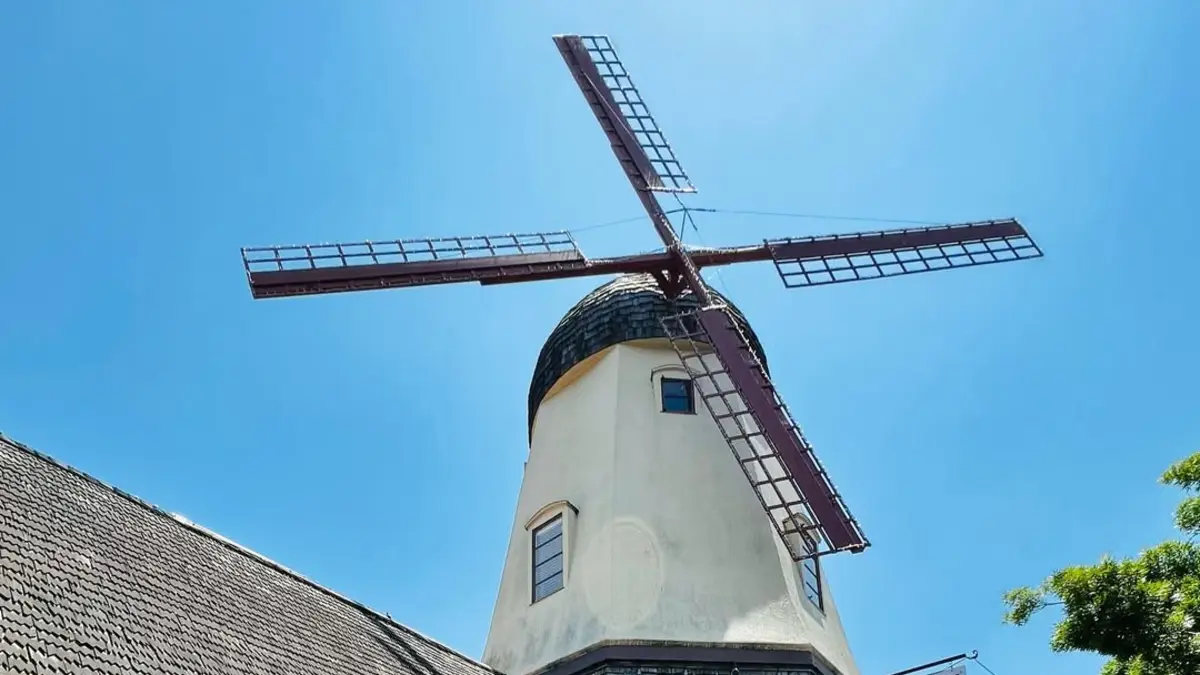
Tourists hit Solvang’s main drag, buy some Danish cookies, and leave thinking they’ve seen it all. They miss the real Danish architecture hidden in residential neighborhoods where locals actually live. These secret mountain towns areas show what Solvang looked like before it became a tourist destination.
Walk two blocks off Mission Drive and you’ll find authentic Danish buildings from the 1920s that house local families instead of gift shops. The Bethania Lutheran Church features traditional Danish design that rivals anything in Copenhagen. Local residents still speak Danish at community events held in these hidden buildings.
But here’s the real secret locals know – over 100 wineries operate within 20 minutes of downtown Solvang. Most tourists never discover these because they focus on the Danish theme instead of exploring the surrounding Santa Ynez Valley. Local wine lovers skip Napa’s crowds and prices for world-class wines made in family-owned vineyards.
Getting off the tourist path: Park near the post office on Second Street and walk the residential areas. The authentic buildings don’t have commercial signs, so you’ll discover them by exploring rather than following maps.
Wine country access: Ask at Solvang Brewing Company for recommendations to small family wineries. Local bartenders know which places offer tastings without appointments and which ones locals actually drink.
Best visiting strategy: Come midweek when the tourist crowds are gone. Local businesses have time to share stories about the area’s real Danish heritage versus the tourist version.
This approach to secret mountain towns means looking past the obvious attractions to find what locals actually value about their community.

